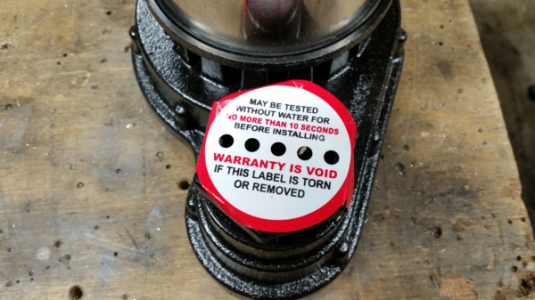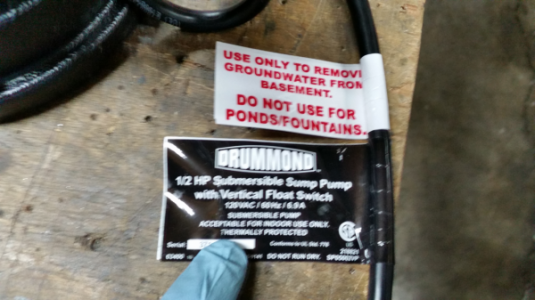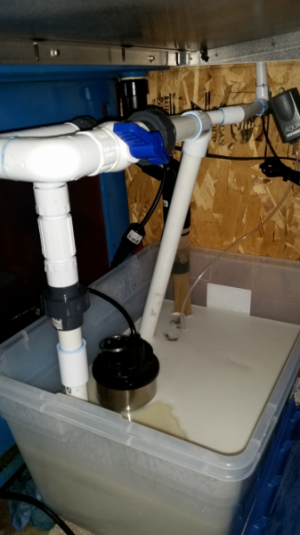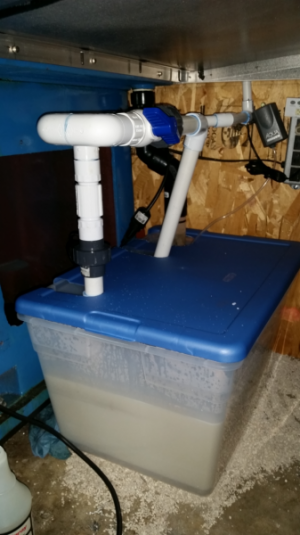Made some good progress on the belt drive conversion this week. The spindle bearings have been changed to angular contact bearings. The bearings are a press fit so I had to heat / cool components to get the bearings to drop in. That all went well except I forgot to preload the bearings when I put the spindle in the quill body. After the parts had cooled and or warmed up the locknut on the spindle would not move the bearing. I ended up using a piece of pipe, with the ends turned true, over the splined end and made a shim the thickness of the up-down play in the bearings and used those to press the bearing into the proper position. Keeping my fingers crossed I got enough preload on the bearings .
The pulleys are for poly-J belts. This has been used in a lot of other belt drive conversions so I went with it. The only downside is the vee-grooves are 40 deg. Carbide inserts for these are very expensive and seem to only come in 5 or 10 packs so the solution is to grind a cutter from HSS. I went with the typical 1:2, 2:1 pulley ratios. One thing to note is the splined sleeve has a pocket for a 6mm shaft key. I have a set of standard keyway broaches so I cut a 3/16" keyway in the pulley and made a 6mm to 3/16" adapter key out of 1/4" keyway stock.
The spindle, head cap with spline drive, pulleys and motor are installed and I was able to manually run the motor for the first time tonight. Everything ran great up to full speed (about 7K rpm at 120hz). My biggest issue is the noise and some vibration from the splined sleeve/shaft area. I'm not sure if others have run into this same issue. It is a lot noisier than I expected but not nearly as noisy as the gear head. I will try and post a video of the noise problem later in the week.
View attachment 98615 View attachment 98614 View attachment 98613 View attachment 98612




